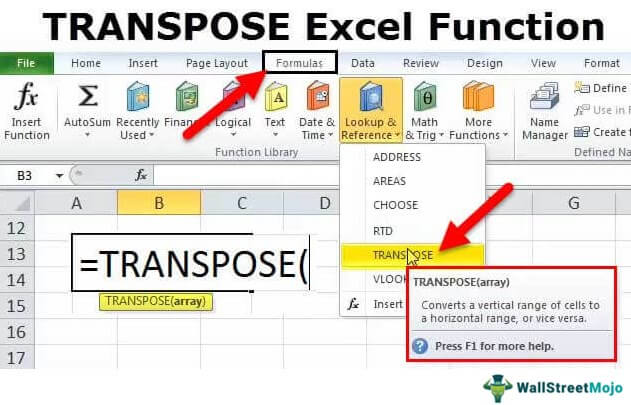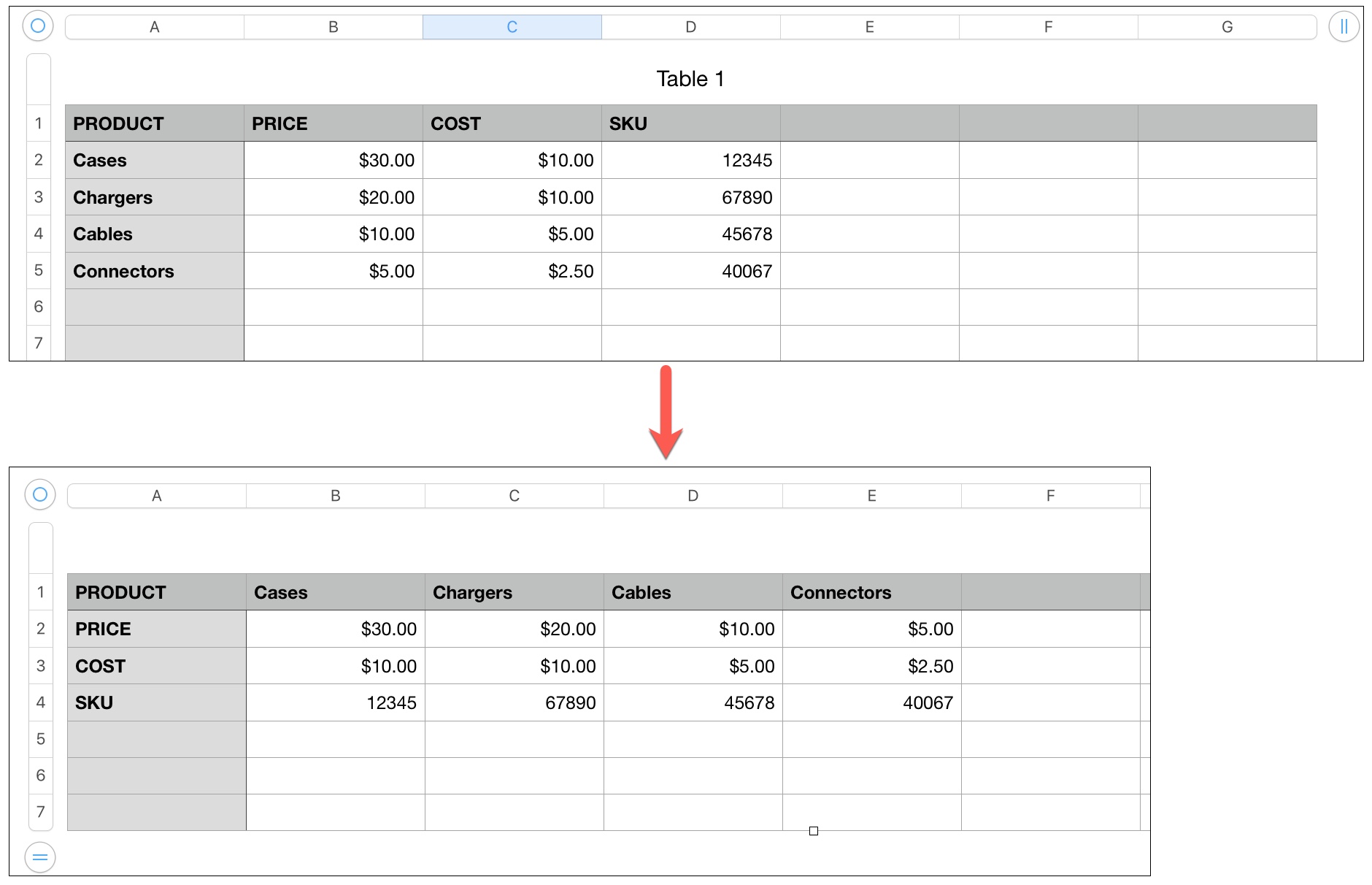
As you can see, you get a new table with your data listed in the opposite direction than it was running before.Ĭlick here to watch this video on YouTube.If you have a table that includes both horizontal and vertical data organization, copy the data, right-click on a new cell, and select the Transpose icon in the Paste Options.Copy the data, right-click on a new cell, and then go to the Transpose icon under the Paste Options. If you have a column of data that you’d like to make into a row, the same process applies. As you can see, your data will flip the other way.Head down to Paste Options > click on the Transpose icon.Right-click on the cell where you want the newly positioned data to start displaying.This doesn’t work if you cut data, so make sure you’re copying, and not cutting. First, highlight the data you’d like to move, and then copy it by either right-clicking or holding Ctrl + C (Windows) or Command + C (Mac).Let’s say you have a row of data, and you’d like this data to be vertical in a column instead. The transposed output in D6:I7 is shown in the following image. Step 3: Again, Right-Click and click on Paste Special option Paste Special Option Paste special in Excel allows you to paste partial.

Step 2: Then click on any blank cell where you want to paste this data.

Don’t change it manually–use Excel’s Transpose function instead. Press Ctrl+Shift+Enter (Command+Shift+Enter in Mac). Step 1: Select the whole data and right-click.

Here’s a quick trick in Excel that can be really handy if you’ve started to enter some data in a row, but decide that you’d like it in a column instead (or vice versa).


 0 kommentar(er)
0 kommentar(er)
